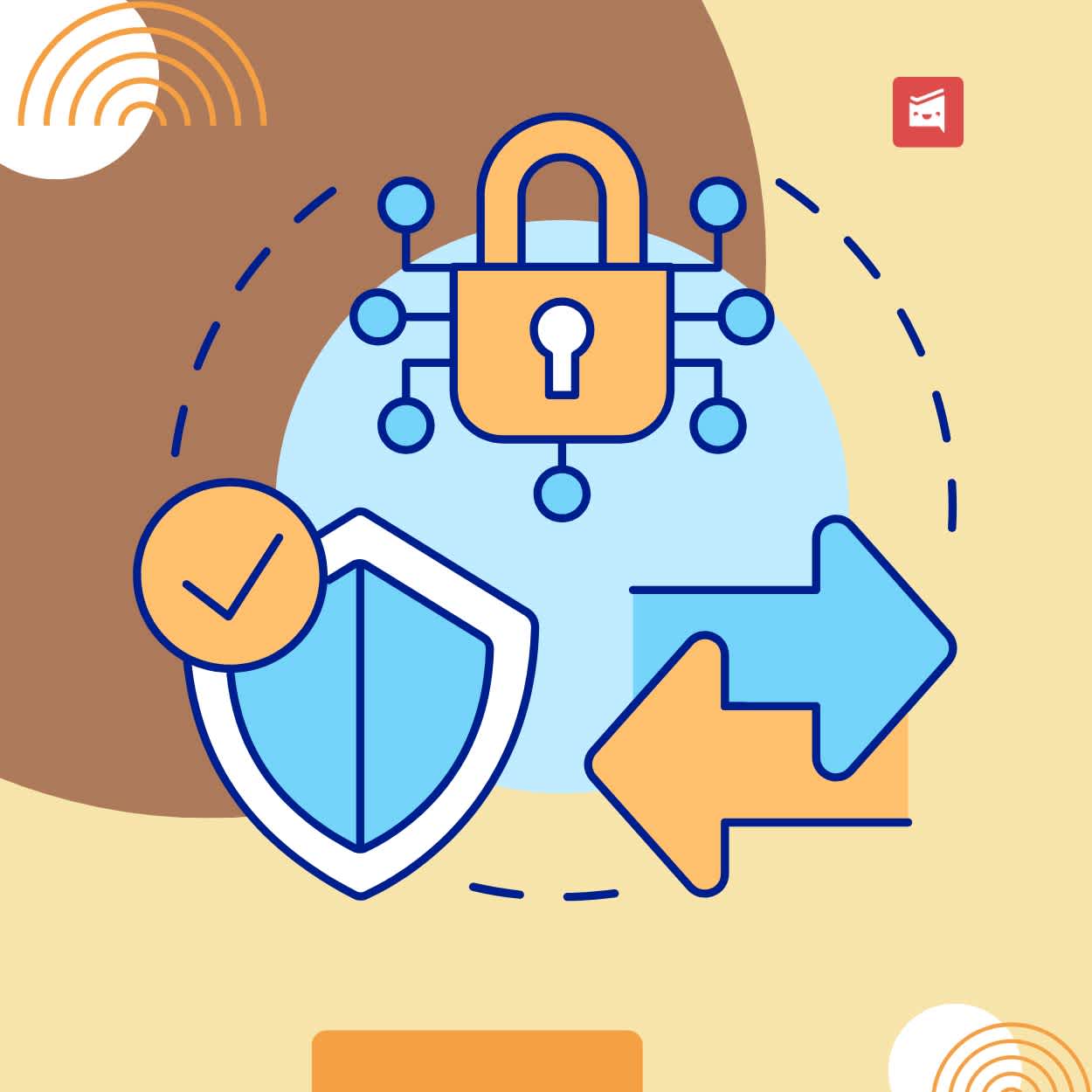How to Implement SecOps in Your Organization
ByJulian Gette
Workast publisher

Workast publisher
Modern organizations must adapt their security strategies. A Security Operations (SecOps) framework is necessary for any business aiming to bolster its defense against potential attacks. This approach integrates IT operations and security, providing a comprehensive strategy to monitor, detect, and respond to security incidents.
Implementing a SecOps center can improve your organization’s ability to safeguard assets and comply with industry regulations. Take a closer look at some effective strategies for establishing SecOps in your organization.
SecOps is a methodology that merges security with operational teams to create a united front against threats. It draws from various domains, including cybersecurity, incident response, and compliance. Among the key advantages of SecOps is that it promotes collaboration between traditionally siloed teams and enables a seamless approach to incident management.
Companies that choose SecOps can enhance their mindfulness of the situation and positive defense. Incorporating automation tools is integral to this approach, enabling teams to efficiently manage alerts and incidents. Know that boosting your security efforts with Security Operations can help organizations detect anomalies in real time, streamline the response process, and mitigate risks effectively. Look into some current procedures and technological advancements for a successful SecOps launch.
Before embarking on a SecOps journey, conduct a thorough assessment of your current security posture — it involves identifying existing vulnerabilities, technical weaknesses, and human factors contributing to incidents. Leveraging security frameworks such as the NIST Cybersecurity Framework can guide this evaluation, helping organizations align their efforts with best practices. Inventorying assets, networks, and data flows will enable you to pinpoint areas requiring improved monitoring.
To adhere to the security posture, familiarize yourself with the regulatory environment. Regularly update this assessment to adapt to new threats, industry changes, and technological advancements. This dynamic approach underpins robust SecOps implementation and allows for constant evolution in the face of emerging risks.
SecOps functions best when integrated seamlessly into the DevOps lifecycle. This approach, known as DevSecOps, places a strong emphasis on integrating security controls into each stage of software development. From the design phase to deployment, security scans and code reviews can catch potential vulnerabilities early in the process. Automating these security checks increases efficiency and reduces the risk of human error.
Build a culture of security awareness among development teams to encourage accountability for secure coding practices. Providing training and resources on threat modeling improves the integration efforts further. As a result, organizations can create applications that are functional but resilient against attacks.
The right technology tools are indispensable for effective SecOps. Companies need to assess existing tools and identify gaps that could lead to weaknesses. Security Information and Event Management (SIEM), intrusion detection systems, and threat intelligence platforms allow organizations to monitor the security landscape in real-time. The investment in automation tools can simplify routine security tasks and enable security teams to focus on high-priority threats.
Integrating these tools into a unified security framework improves communication and data sharing. The costs associated with implementing these technologies should be justified by the level of protection they offer, as a proactive approach can save organizations from potential financial losses due to security breaches.
Speaking of threat intelligence, it provides context on potential threats, allowing organizations to anticipate and prepare for attacks better. When you collect data from various sources (internal logging systems and external threat feeds), you can gain insights into emerging vulnerabilities and active attackers.
Establishing partnerships with threat intelligence communities can also improve your knowledge base and provide timely alerts. This data-driven approach enables security teams to prioritize their efforts and allocate resources where they're most needed. Use threat intelligence to inform proactive measures and streamline incident response efforts by providing actionable insights during attacks. Know that this practice reinforces the effectiveness of your SecOps framework.
Central to the SecOps framework is a well-defined incident response plan. Key components include defining roles and responsibilities for the response team, establishing communication protocols, and developing procedures for containment, eradication, and recovery. Regular training and simulations guarantee that team members are familiar with the plan and can execute their roles efficiently.
Remember, reviews can notify you of future updates for these types of incidents. By continually refining this plan based on real-world scenarios, organizations can enhance resilience and minimize the impact of potential incidents. A well-implemented incident response framework will bolster your SecOps capabilities.
The foundation of an effective SecOps approach is ongoing monitoring. Monitoring tools and processes will show you what the issue is and what you can do to troubleshoot the problem now and in the future. Employing technologies such as Security Information and Event Management (SIEM) systems that aggregate and analyze data from various sources in real time. Alert systems can flag anomalous behavior, prompting immediate investigation.
Develop key performance indicators (KPIs) to assess the effectiveness of your monitoring efforts that can drive improvement. Regularly reviewing the data collected allows organizations to identify trends and adapt their strategies accordingly. This way, continuous monitoring adds to risk management and builds a culture of security-mindedness throughout the organization.
Implementing SecOps is not a one-time initiative; it requires continual refinement and adaptation. Analyzing the results of security measures and incident responses can provide insights that inform future improvements. Regular audits and vulnerability assessments help identify weaknesses within your systems for a proactive approach to risk management. Engaging with stakeholders and inviting feedback creates an organizational culture that values transparency and continuous learning.
Stay abreast of industry developments and emerging threats to maintain an effective SecOps environment. Participation in security communities can provide invaluable insights and innovations. Look into these factors to create an agile SecOps framework capable of evolving.
Establishing a SecOps framework within your organization is a necessity. Once you assess your current security posture, integrate security measures into the DevOps lifecycle, build a robust incident response plan, and continuously monitor your systems, you can boost your defenses.
Engaging in continuous improvement keeps pace with emerging threats. As you implement these strategies, your organization will be better equipped to face the cybersecurity challenges that lie ahead.

